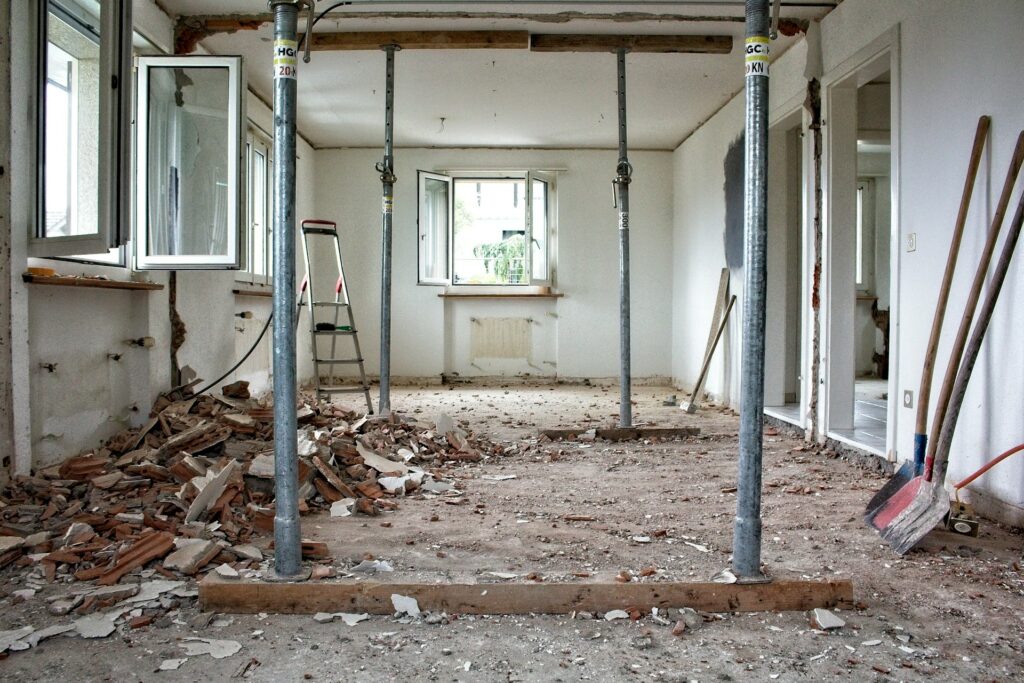Earl Kendrick recently conducted a straw poll among ten of our property management clients. The question was simple: ‘Which part of your work do you most dread?”.
It may not surprise you that seven chose ‘Licences to Alter’. The whole process of Licences to Alter is paved with issues – both technical and diplomatic.
The key factor to their irritation is generally the number of involved parties and the collective time pressures to deal with applications promptly There’s the leaseholder’s application to the landlord; the landlord’s call to the surveyor; the surveyor’s review of the proposals, consideration of the lease and report on the implications to the building and the lease; the solicitor’s involvement and liaison between the landlord and the tenant.
Also, there can be the requirement to educate the landlord and the tenant in the nuances of this widely misunderstood process. And that’s all before the real work begins.
In our experience, there is no individual element within the Licence process that should cause particular concern. But problems arise as soon as all the constituent parts and parties are combined. Which is why we decided to specialise in this field.
We deal with a large number of Licence to Alter applications on behalf of residential Landlord’s. Our experience suggests that your application will probably involve one of the following areas (although this list is obviously not exhaustive):
-Structural Alterations: What? Proposed changes to room sizes to create larger spaces and re-positioning of door openings. Specifics: A landlord’s engineer is usually recommended to check the design and calculations of the leaseholders engineer. We have encountered numerous instances where a leaseholder’s engineer has made inappropriate assumptions. Schedules of condition must be prepared to check if flats above and below suffer potential damage as a result. Will load paths be impacted? Has the contractors temporary works been assessed and approved by the engineers?
-Installation of hard floor finishes: What? A tenant who removes carpet to install a wooden floor may be in breach of their lease due to the noise nuisance that can result. Specifics: Acoustic tests should be carried out and acoustic insulation material suggested to meet benchmarks. Post-installation tests are also recommended to provide assurances that the new flooring/insulation meets the design targets.
-Relocation of Wet Areas: What? Movement of kitchens and bathrooms (particularly for en-suites) can create noise pollution and create an impact on plumbing elsewhere in the building. Specifics: The licence must consider ventilation, installation of macerators, waterproofing systems and specific conditions that set a precedent throughout the building.
-External Alterations What? Replacement Windows, pipe-work alterations, installation of new louvers. Specifics: Cutting into the landlord’s structure. Specifying the appearance and durability of the materials. How will the work be carried out safely. Are there any planning considerations? What precedents will be set?
In isolation there is nothing particularly complex or taxing about any of these. Issues tend to arise in the relationship management between the managing agents, landlords, surveyor, solicitor and the leaseholder and their contractors.
With so many interested parties, and the often “urgent” drive for the leaseholder to start works, potential pitfalls can include key responsibilities falling between different individuals, and the development of a blame culture from the very start.
At Earl Kendrick, we don’t just offer to tick the traditional surveyor’s boxes. We are happy to take the lead in the entire process, meaning that when the phone rings with a reference to those three dreaded words, you can smile happily and hand the burden over to us. As a result, we have many fantastic relationships with managing agents. And although they don’t always believe us, we actually love this aspect of the work.
For further reading, visit our full article at News on the Block:
http://www.newsontheblock.com/service-charges/36487/a-licence-to-alter.thtml
Julian Davies is Managing Director of Earl Kendrick Associates.
In addition to managing countless Licences to Alter on behalf of clients, he also regularly drafts guidelines and lectures on this subject.


